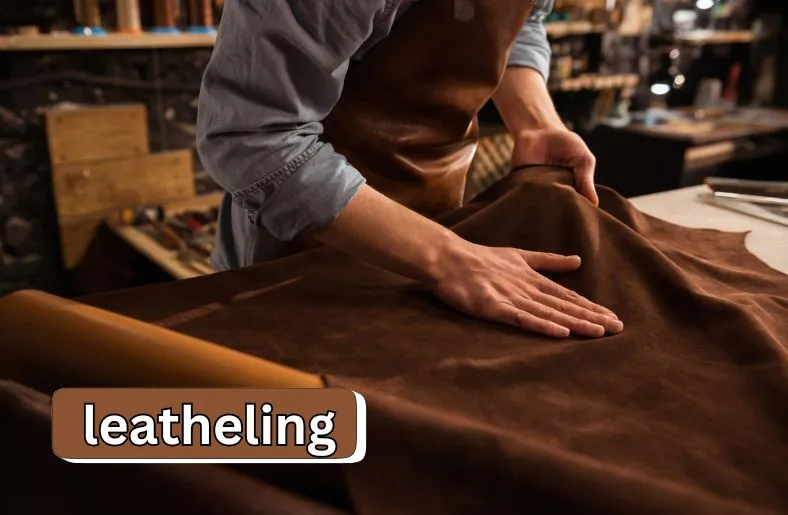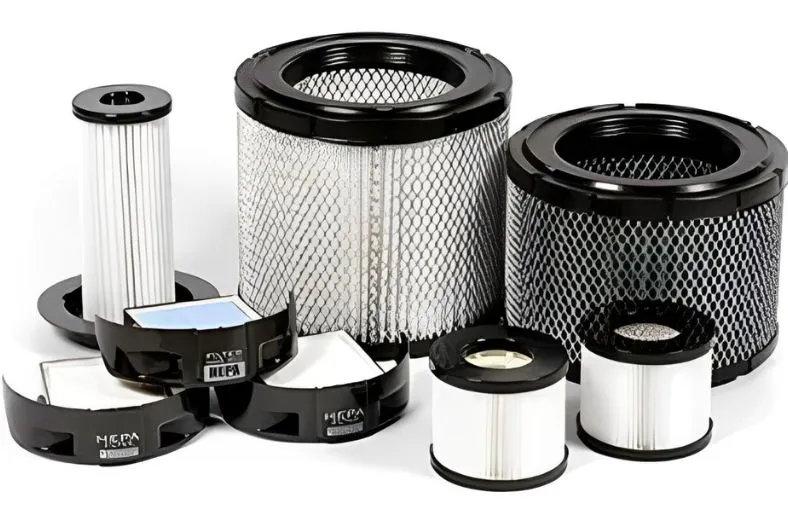Introduction
leatheling is an incredible art form that merges creativity with craftsmanship. It allows artisans to transform raw leather into stunning, functional items. Whether it’s bags, wallets, or unique decor, each piece reflects the skill and passion of its maker.
In today’s world, leathling holds significant value in contemporary craftsmanship. It represents a blend of traditional techniques and modern aesthetics. As people seek out unique, handmade products, leathling has become increasingly popular.
This blog post will take you on a journey through the world of leathling. You’ll learn about its rich history, essential tools, and the different types of leather. Additionally, we will cover important techniques and customization ideas, preparing you to dive into this exciting craft.
1. Understanding Leatheling
Leatheling is defined as the art and practice of working with leather. It involves various techniques to create beautiful, handmade items. Understanding leathling is essential for anyone interested in leatherworking, as it combines skill and creativity.
The origins of leathercraft date back thousands of years. Early humans used animal hides for clothing and tools, which paved the way for more advanced leatherwork. Over time, techniques evolved, allowing artisans to create intricate designs and durable products.
Today, leathling incorporates modern materials and innovative methods. It allows artists to express their creativity while honoring traditional practices. Learning about the history of leathling enriches our appreciation for this timeless craft.
2. Essential Tools for Leatheling
Having the right tools is crucial for any leatherworker. Essential tools include a utility knife for cutting, a cutting mat for protection, and chisels for creating stitch holes. Each tool plays a specific role in ensuring the quality of your work.
Investing in high-quality tools can greatly enhance your results. Quality tools make the crafting process smoother and more enjoyable. For beginners, it’s important to choose tools that feel comfortable and are easy to use.
Maintaining your tools is also key to successful leathling. Keep your knives sharp and your chisels clean. Proper care not only prolongs the life of your tools but also improves the quality of your projects.
3. Choosing the Right Leather
Selecting the right type of leather is essential for successful projects. There are various types of leather, including full-grain, top-grain, and suede, each with unique qualities. Understanding these differences helps you choose the best leather for your specific needs.
Full-grain leather is known for its durability and rich texture. It’s perfect for items that need to withstand wear, like bags and belts. In contrast, top-grain leather offers a smoother finish, making it ideal for wallets and purses where aesthetics are important.
Sustainable options are also becoming popular among artisans. Eco-friendly leather can be produced without harming animals, appealing to conscious consumers. Choosing the right leather not only enhances the look of your projects but also supports ethical practices.
4. Key Techniques in Leatheling
Mastering key techniques is vital for any leatherworker. Fundamental methods include cutting, stitching, and dyeing. These skills form the backbone of leathling and allow you to create polished, professional-looking items.
To illustrate, let’s consider a simple project: making a wallet. Start by sketching your design on paper. Then, carefully cut the leather pieces and punch holes for stitching. Following this, sew the pieces together using strong thread, ensuring your stitches are even.
Practice is essential to honing these techniques. Take your time, and don’t rush the learning process. Mistakes are part of the journey, and each project teaches you something new about the craft.
5. Customization and Personalization
Customization is what makes leathling truly special. Adding personal touches to your projects allows you to express your individuality. Ideas for customization include embossing designs, painting patterns, and choosing unique hardware.
Personalized items often carry more sentimental value. Whether for yourself or as a gift, custom pieces stand out and reflect your creativity. They tell a story about you and your craftsmanship.
Experimenting with different customization methods can be fun. The more personal your creations, the more they resonate with others. Embrace your creativity and let your imagination guide your designs.
6. The Future of Leatheling
The future of leathling is full of exciting possibilities. Emerging trends include the use of synthetic materials that mimic leather. These alternatives can be more affordable and environmentally friendly, appealing to a wider audience.
Technology is also transforming the craft. Innovations like laser cutting and 3D printing enable artists to create intricate designs easily. These advancements make leathling more accessible, encouraging new generations to explore the art.
As sustainability becomes a priority, leathling is likely to evolve further. Artisans will continue to blend traditional techniques with modern innovations. The future of leathling is bright, offering endless opportunities for creativity and expression.
Conclusion
In conclusion, leathling is a vibrant art form that combines tradition with modern innovation. By mastering essential tools and techniques, artisans can create unique, personalized leather goods that reflect their creativity. As sustainability and technology shape the future of leathling, the craft continues to evolve, inviting new enthusiasts to explore its depths. Whether you are a seasoned leatherworker or a curious beginner, the world of leathling offers endless possibilities for artistic expression. Embrace this journey, and let your passion for leathercraft flourish as you create beautiful, functional items that tell your story.





